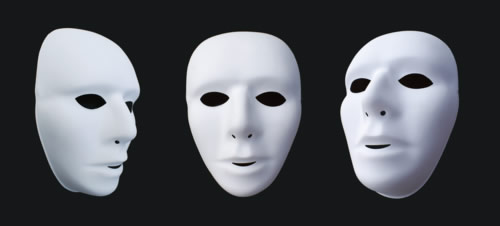
The most interesting part of “The tale the vampire told” is the final dialog between the narrator and his listener, the young monk. It relates this part of the book to Will Buckingham’s Finding Our Sea-Legs, a remarkable book of Buddhish ethics.
If you have already read “The tale the vampire told,” you might want to go back and re-read those last few paragraphs. If you have not read the episode at all, I suggest you do so now—because what is coming up will spoil a surprise.
The narrator tells us in “25 vampire stories” that tellers nest stories in order to make the inner one more plausible; to confuse the listener; and to work a transformation at the level of the heart.
That transformation is a central subject of Finding Our Sea-Legs. Buckingham borrows from the philosopher Kierkegaard the concept of “shudder”: a visceral reaction to a story. That reaction is bodily and non-conceptual. Worthwhile stories resist interpretation or explanation. Sometimes it is best just to observe how they make you feel. That feeling may work a change in you that cannot be put in words.
Will Buckingham suggests that these feelings and changes are central to the way we approach ethics in practice. In Kierkegaard’s example, the “shudder” is one of horror. The Vetali’s Gift is horror fiction in part, and I hope there will be times when it gives you that kind of shudder. The “shudder” might also be a thrill of delight or the nausea of disgust, or any number of other feelings. These also are ethical resources, because they point to ways we can react to extreme or unusual situations in the real world too.
A story within a story creates a fictional world. If the story works, you suspend disbelief and enter that world. Lulled along by the storyteller, you accept its rationale—however implausible. At the end of the vampire’s tale, you, the reader, are suddenly popped out of three imaginary worlds at once—the world of the fairy story, the world in which the fairy story is told by a vampire to a king, and the world in which that story is told by Surya’s uncle.
This should, I hope, have been somewhat jarring. Perhaps you experienced a slight startle, or shook your head to dispel a momentary fog of confusion.
Then an even stranger thing happens. The narrator—who is in fact Surya as an old man—explains that the fairy story is a more-or-less factual account of the meeting of his parents. (His uncle has lied only about it having a happy ending.) Now the world of the fairy story is revealed to be the same as the world in which Surya grew up—which is the same as the world in which he narrates the story to the young man from Nalanda.
I hope this provoked another shudder, or shock. I wrote it, and have re-read it many times, and it still makes me choke up a little. I cannot say exactly why. (Stories resist interpretation even by their authors.) An early reader told me that it gave her goose bumps, which isn’t my reaction. (Did you have any physical sensation reading it? Please leave a comment; other readers may find it interesting, and I certainly will.)
The texture of these two stories is quite different, but (we discover) they describe the same world. That means that the narrator and young monk might also encounter benevolent goddesses and cannibal witches. That might lead you to take their story (the novel as a whole) less seriously, since fairy stories are nonsense for children. But I hope it might instead lead you take fairy stories more seriously—because (as Will Buckingham points out) they are ways of ethical knowing.
I have studied academic ethical philosophy, and I have read a lot of sword and sorcery novels. Those are not exactly fairy stories, but they have many of the same themes and historical roots. I think I’ve learned more about ethics from The Lord of the Rings and A Wizard of Earthsea, or even a comparatively lightweight work like The Dalemark Quartet, than any philosophy book, Buddhist or Western.
